A dental implant is a device made of titanium that basically replaces a missing root of a tooth. Its purpose is to support tooth restorations for missing teeth. They are shaped like a root and they are placed into the bone.
Dental implants are placed in an oral surgery, after which certain complications are possible. One of such complications is implant infection.
Causes of implant infections
Improper sterilization of surgical tools used to place the implant is one of the possible reasons for implant infection. The surgical site becomes infected through instruments, the bacteria penetrate the tissue, causing peri-implantitis.
Another possible cause for this complication is the contamination of the actual dental implant. The implants come in sterile packaging but they can become contaminated during the procedure.
Sometimes the implant is not placed right and that too can cause the infection. Bacteria can invade the site if there is some space left between the fixture and the bone, or if the surgeon accidentally makes micro-fractures in the bone, leaving the bacteria trapped. Restoration problems, like an oversized crown or abnormal contour, can cause inflammation and infection too.
Finally, poor oral hygiene and failure to follow the dentist’s instructions after the implant has been placed also count as major reasons for implant infections, especially if the infection occurs months or years after the actual procedure.
Prevention and treatment of implant infections
The risk of implant infection can be reduced by prescribing oral antibiotics several days before the procedure. In many cases doctors recommend taking antibiotics for a couple of days after the procedure too. Using an antibacterial mouthwash, flossing and brushing regularly are also very important as prevention of implant infections.
As for the treatment of implant infections, it is very important to find and address the underlying cause of it. The dentist will clean the area and prescribe antibiotics, but it is necessary to fix the problem that caused the infection, for example the ill-fitting crown or micro-fractures, otherwise the infection will come back again. The crown should be removed and once the infection passes a new crown can be placed.
If the infection is caused by poor dental hygiene, the dentist will do the cleaning and the debridement, and a course of antibiotics with careful brushing and flossing will probably solve the problem.
Sometimes the entire implant is loose or the material is of poor quality, and it causes recurring infections. In that case the implant needs to be removed and replaced with a new one.


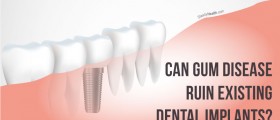
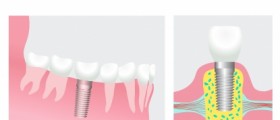
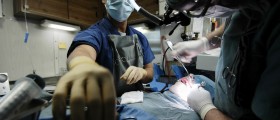
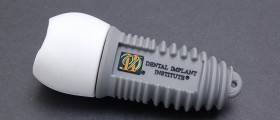

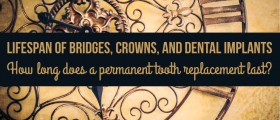

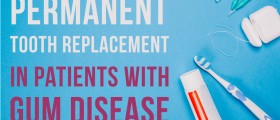
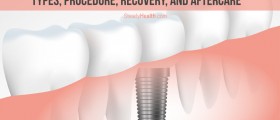
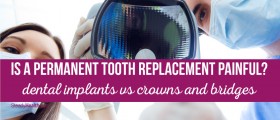


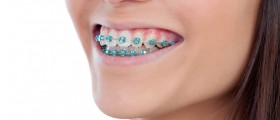
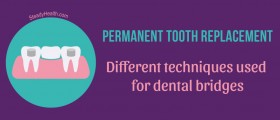
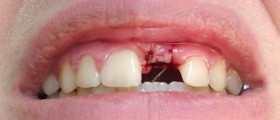
Your thoughts on this
Loading...